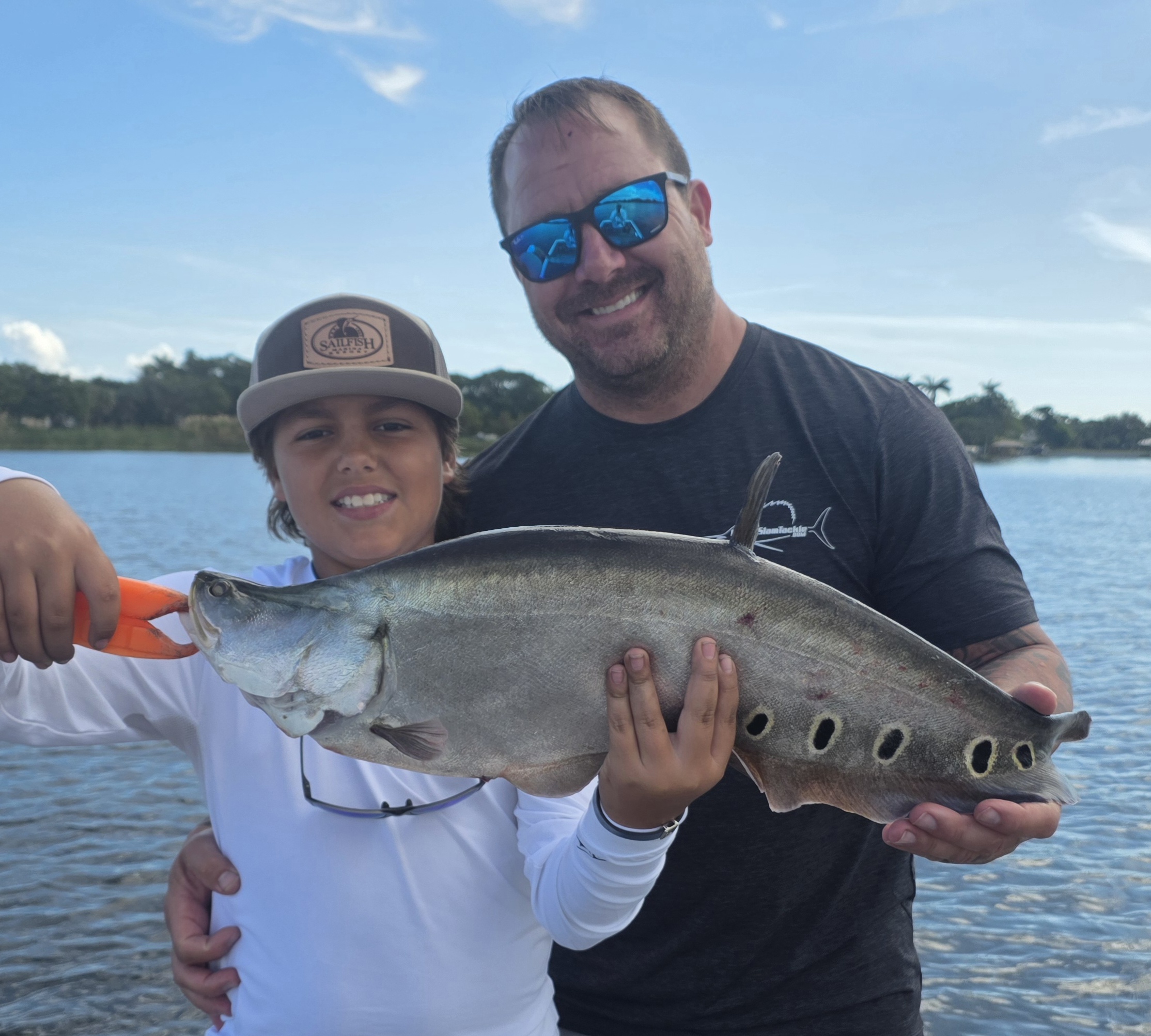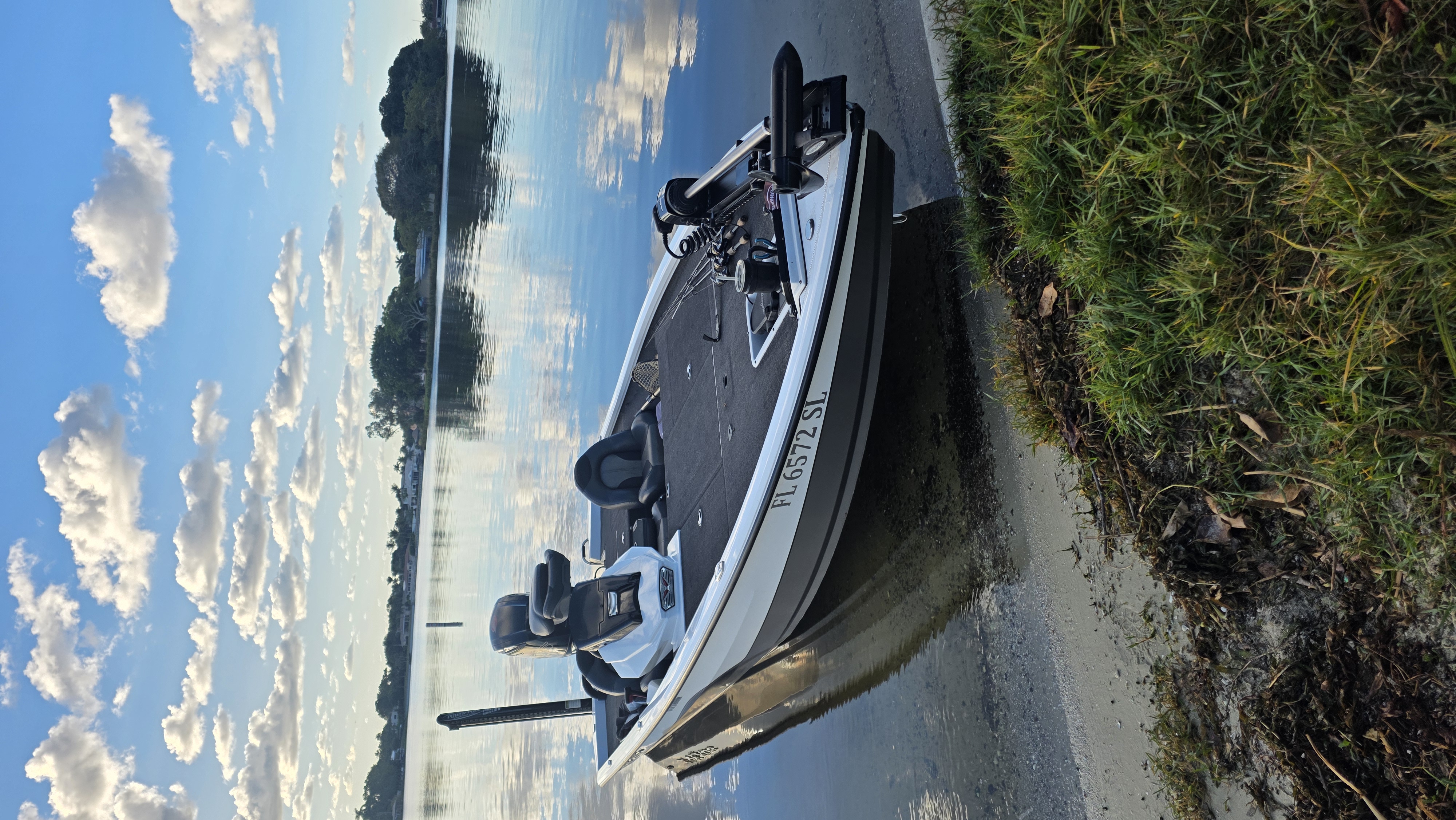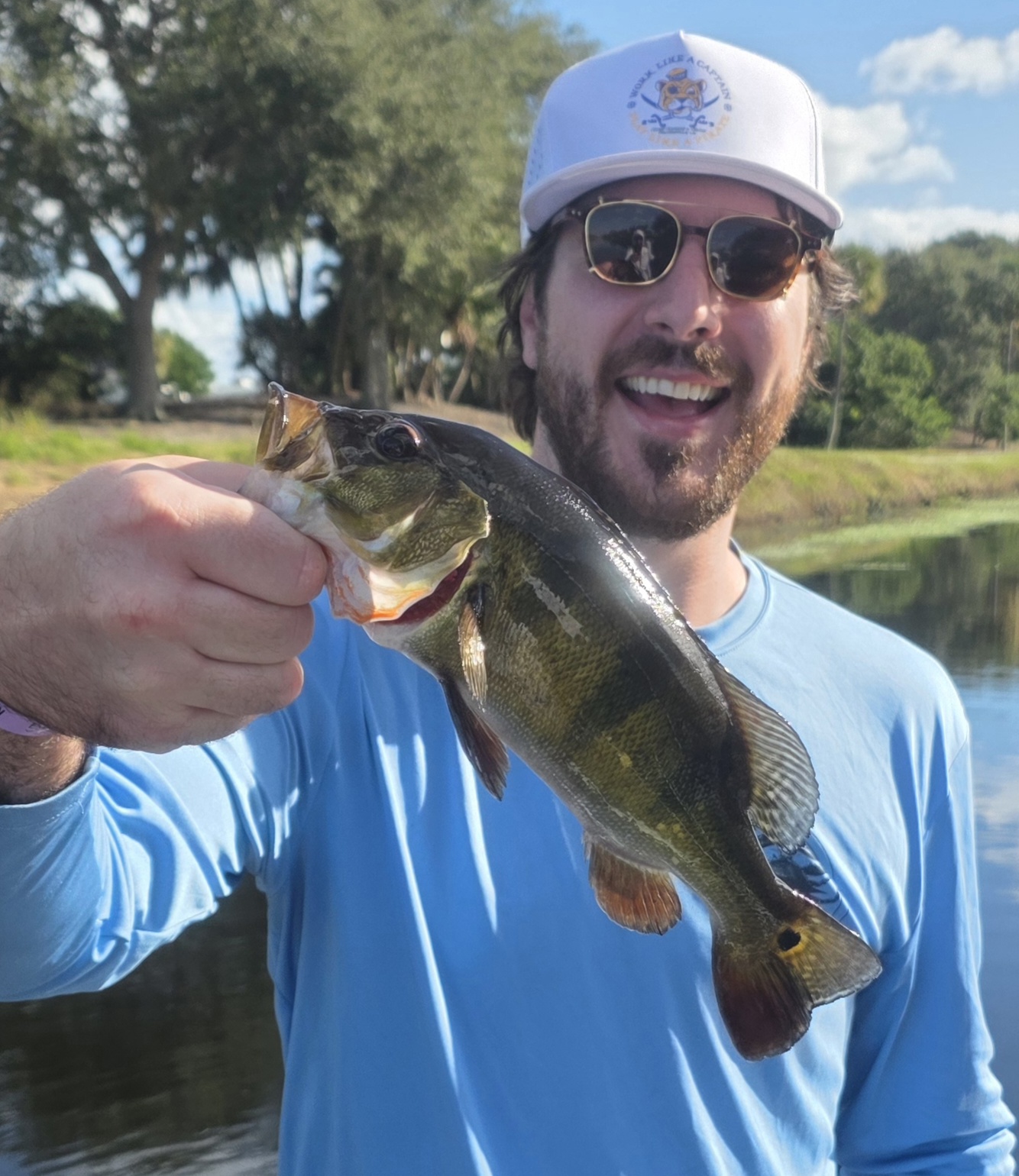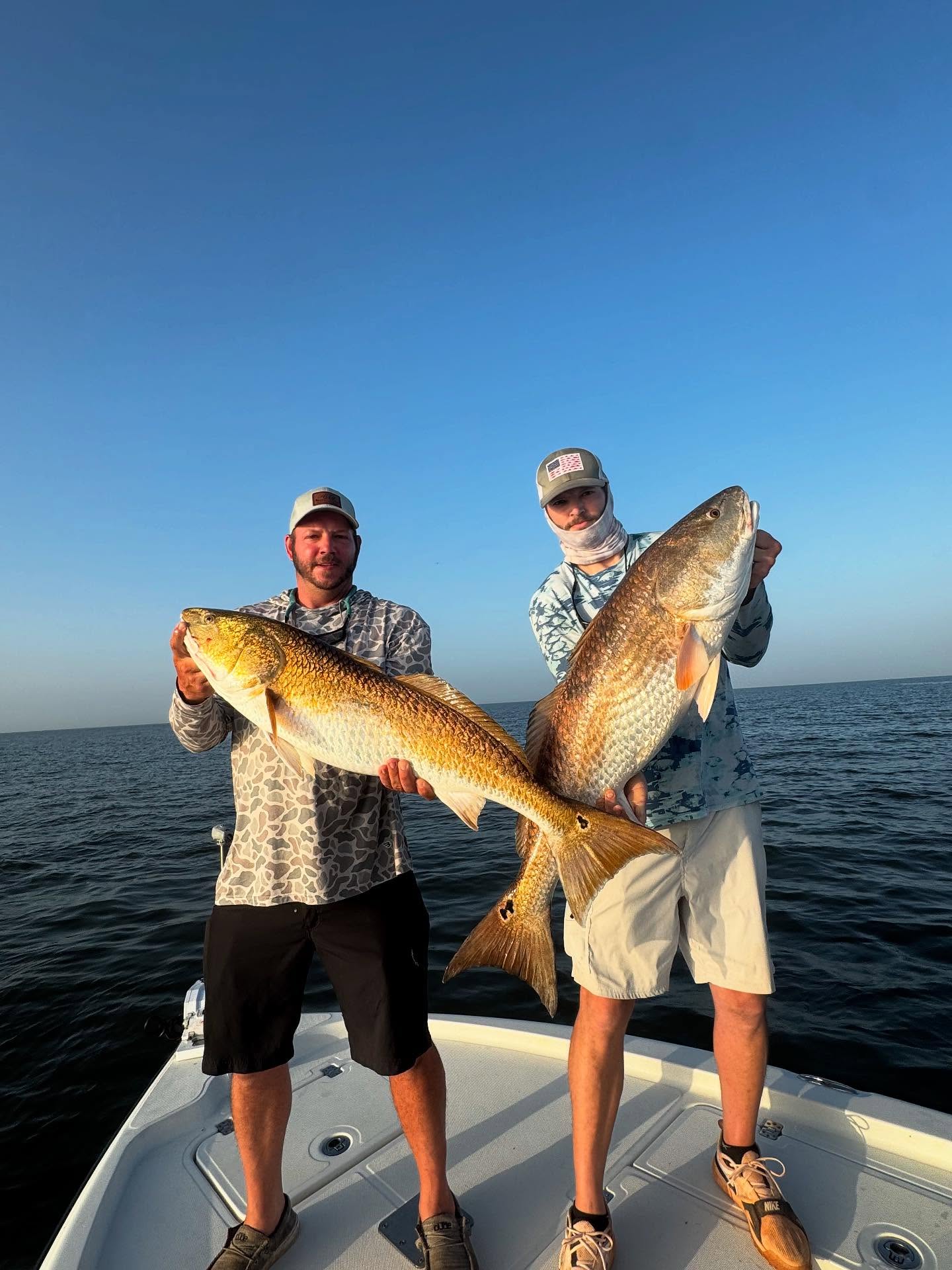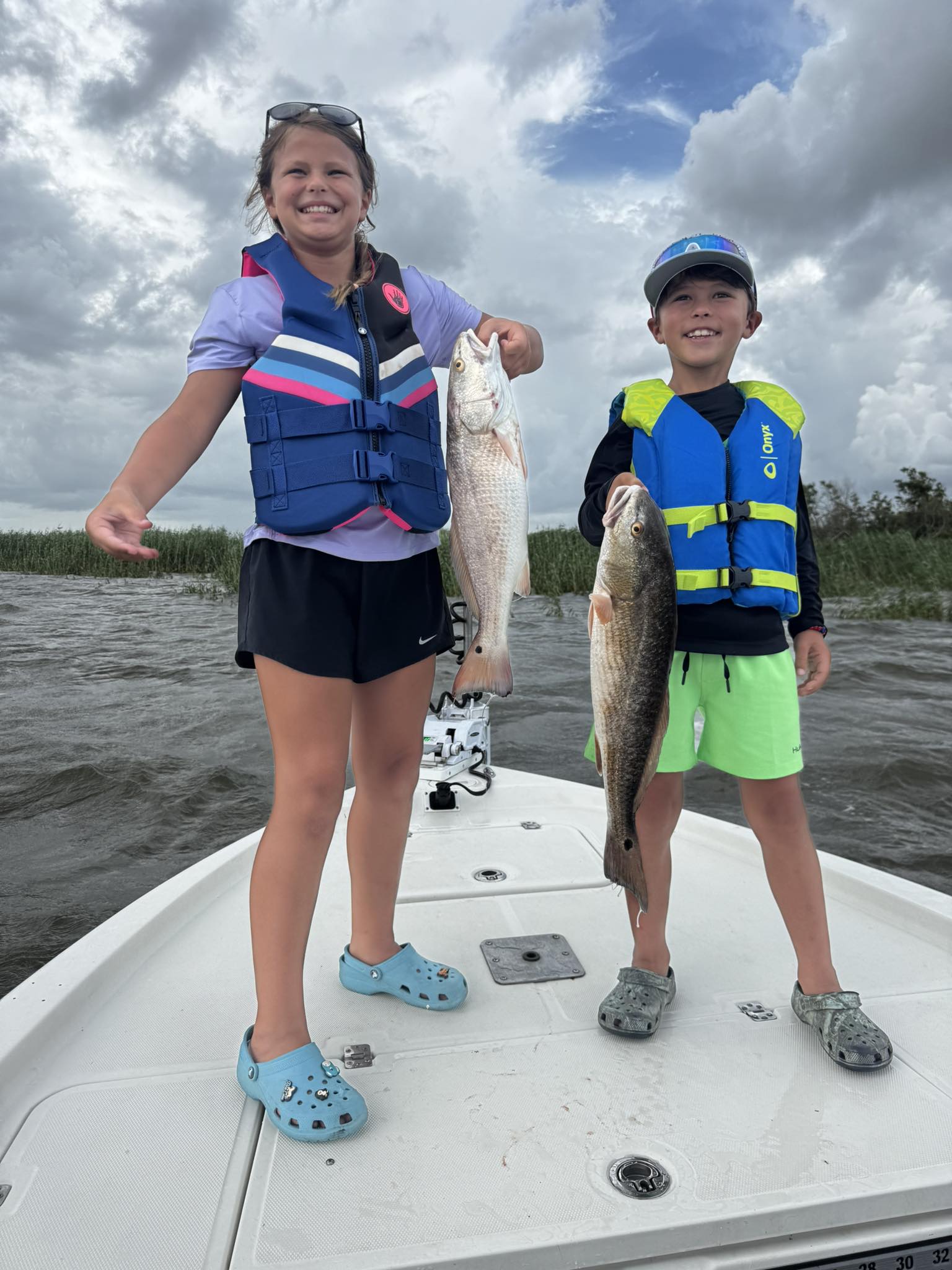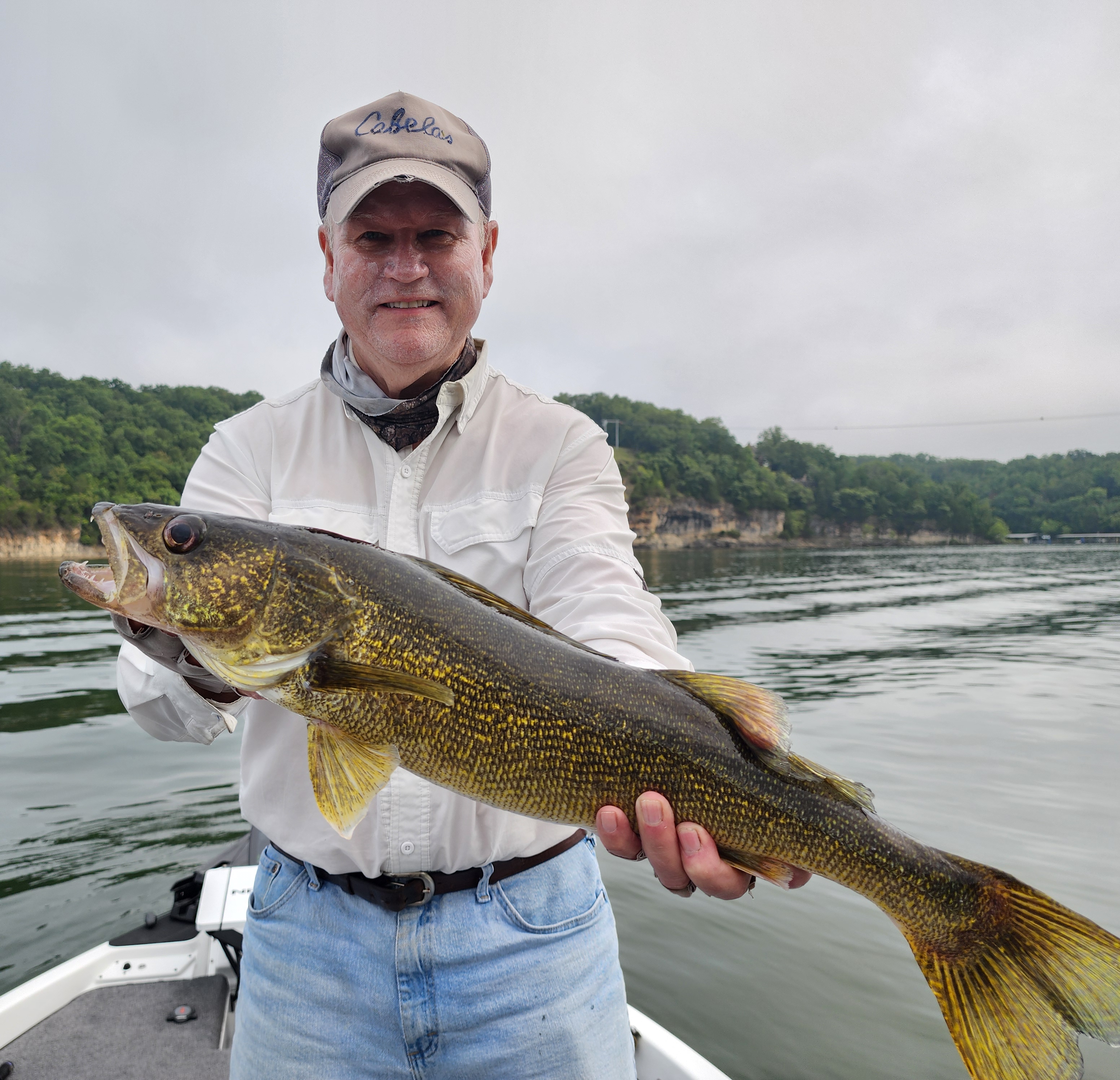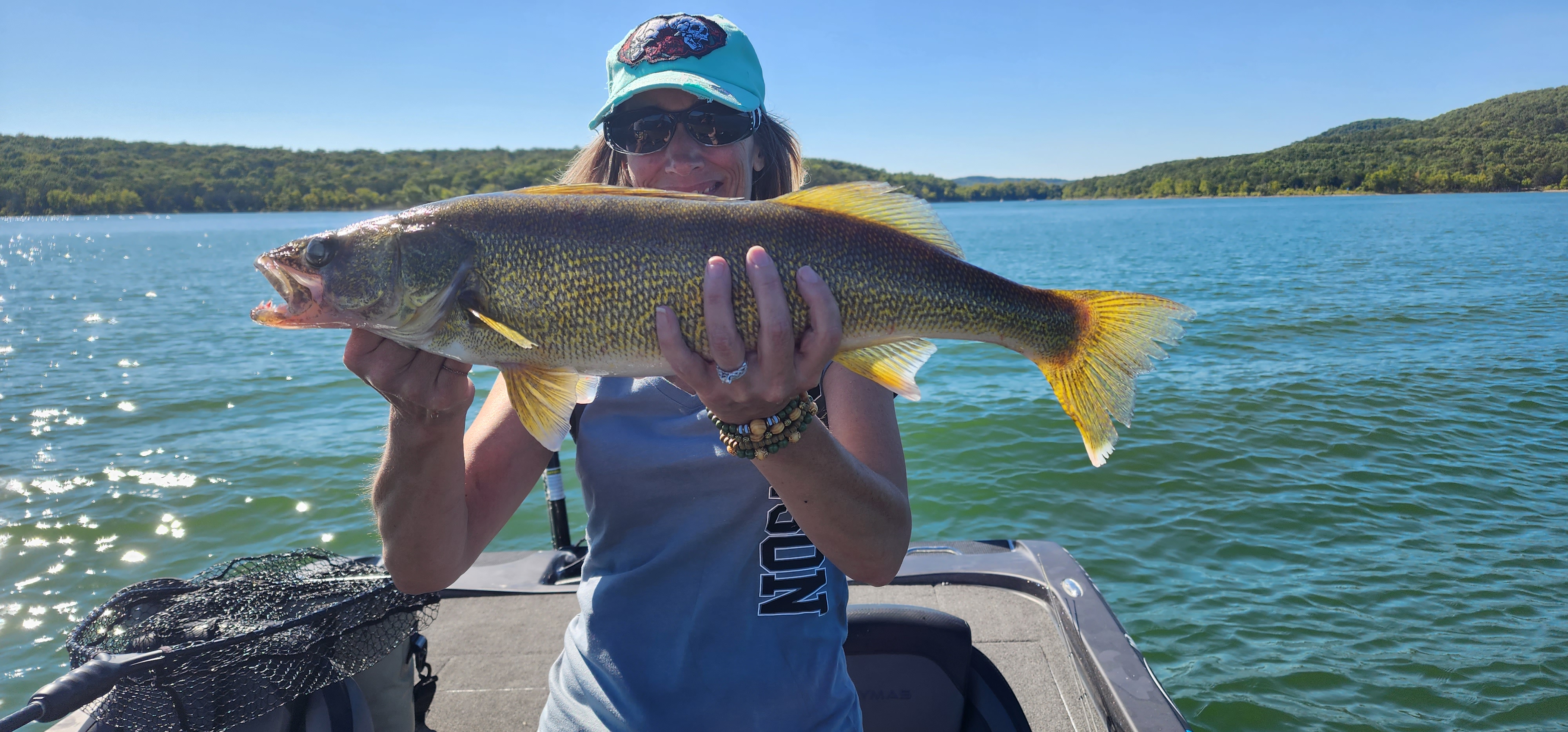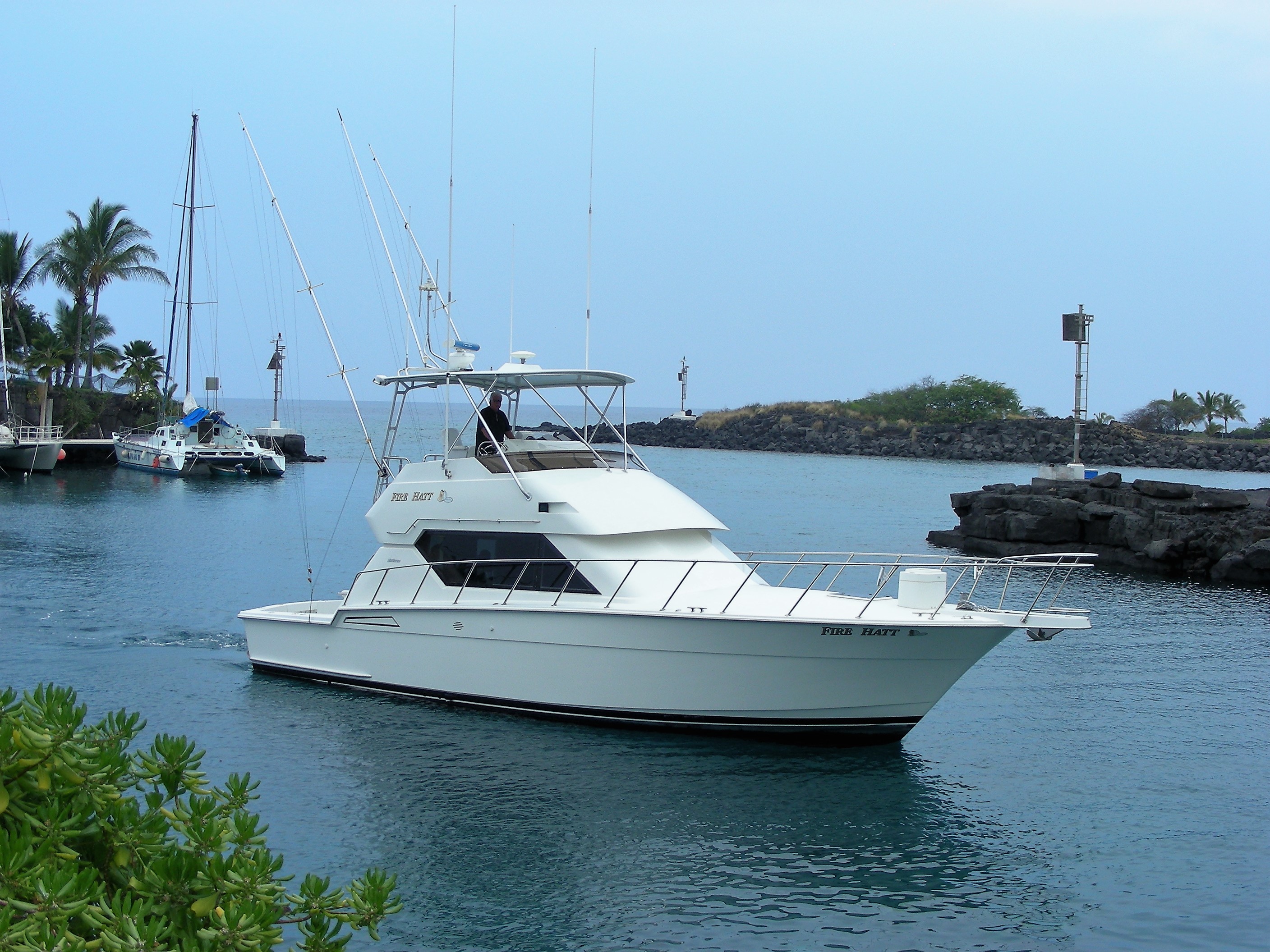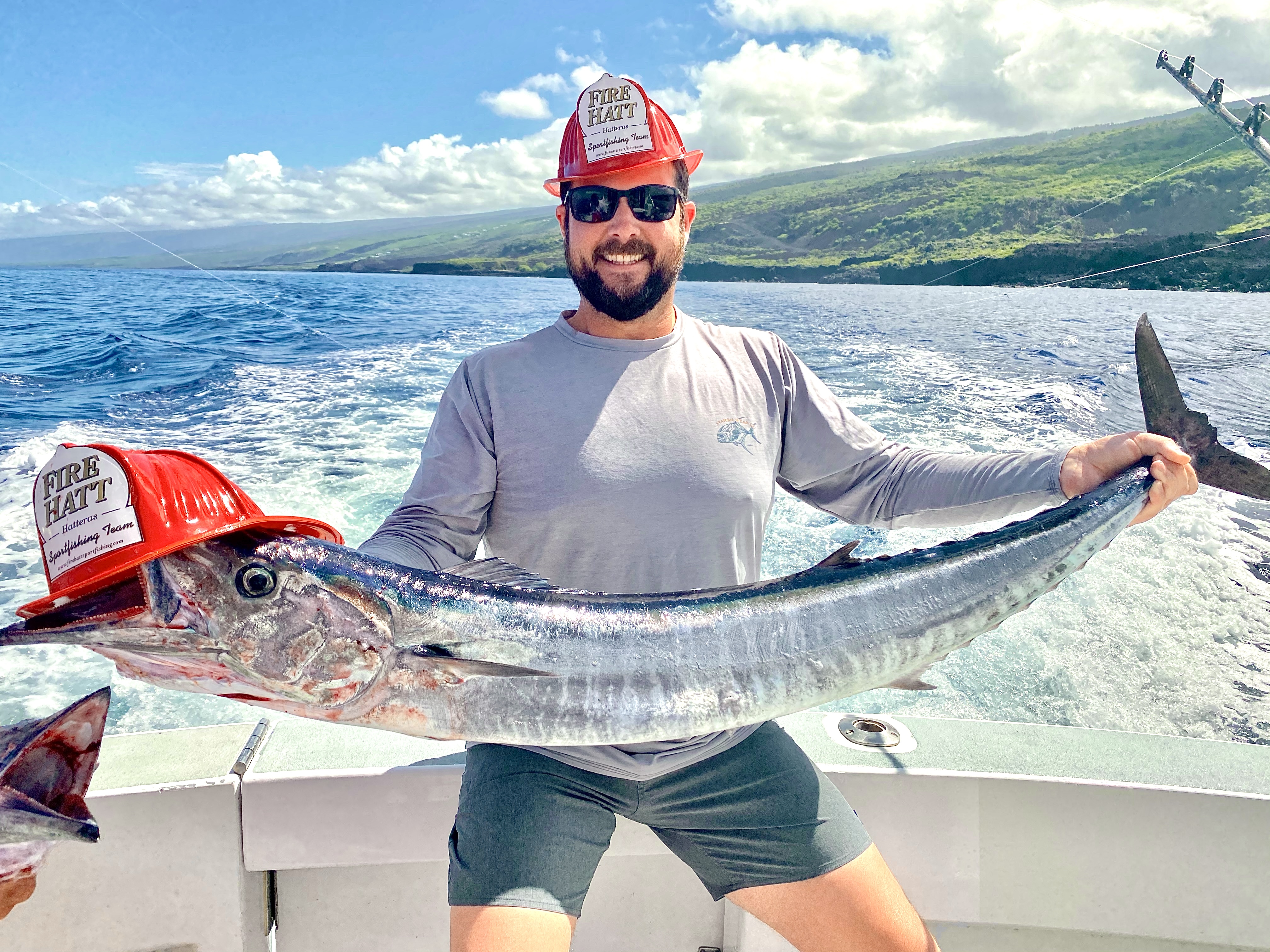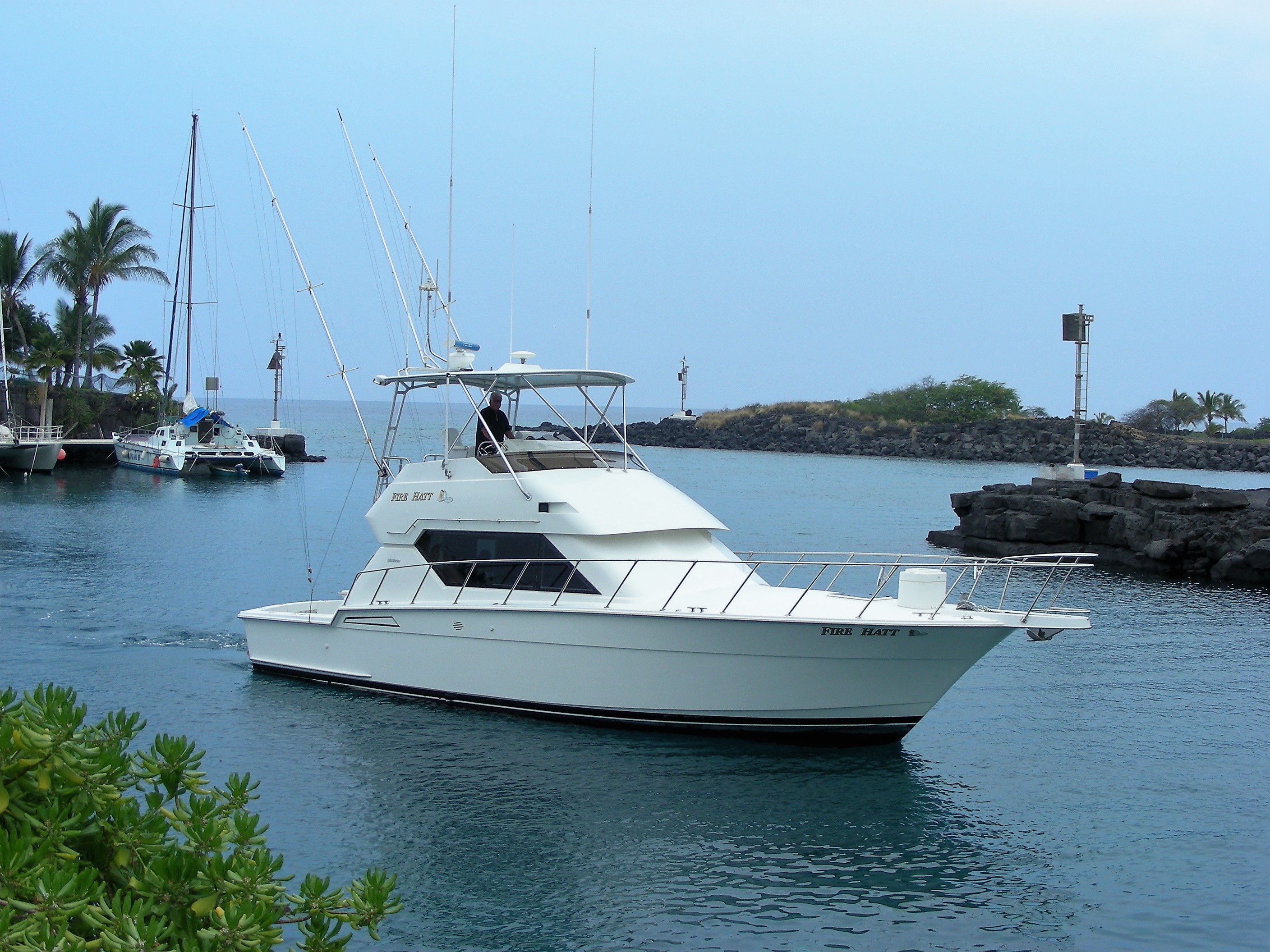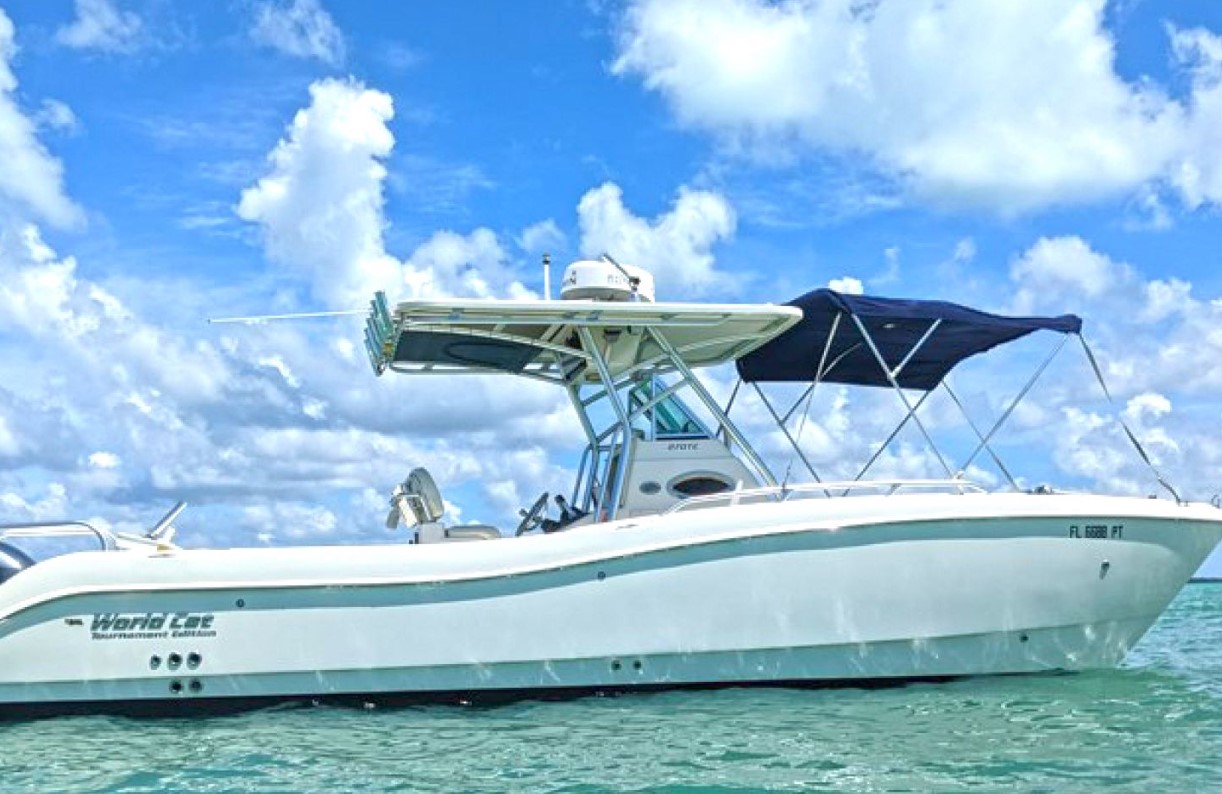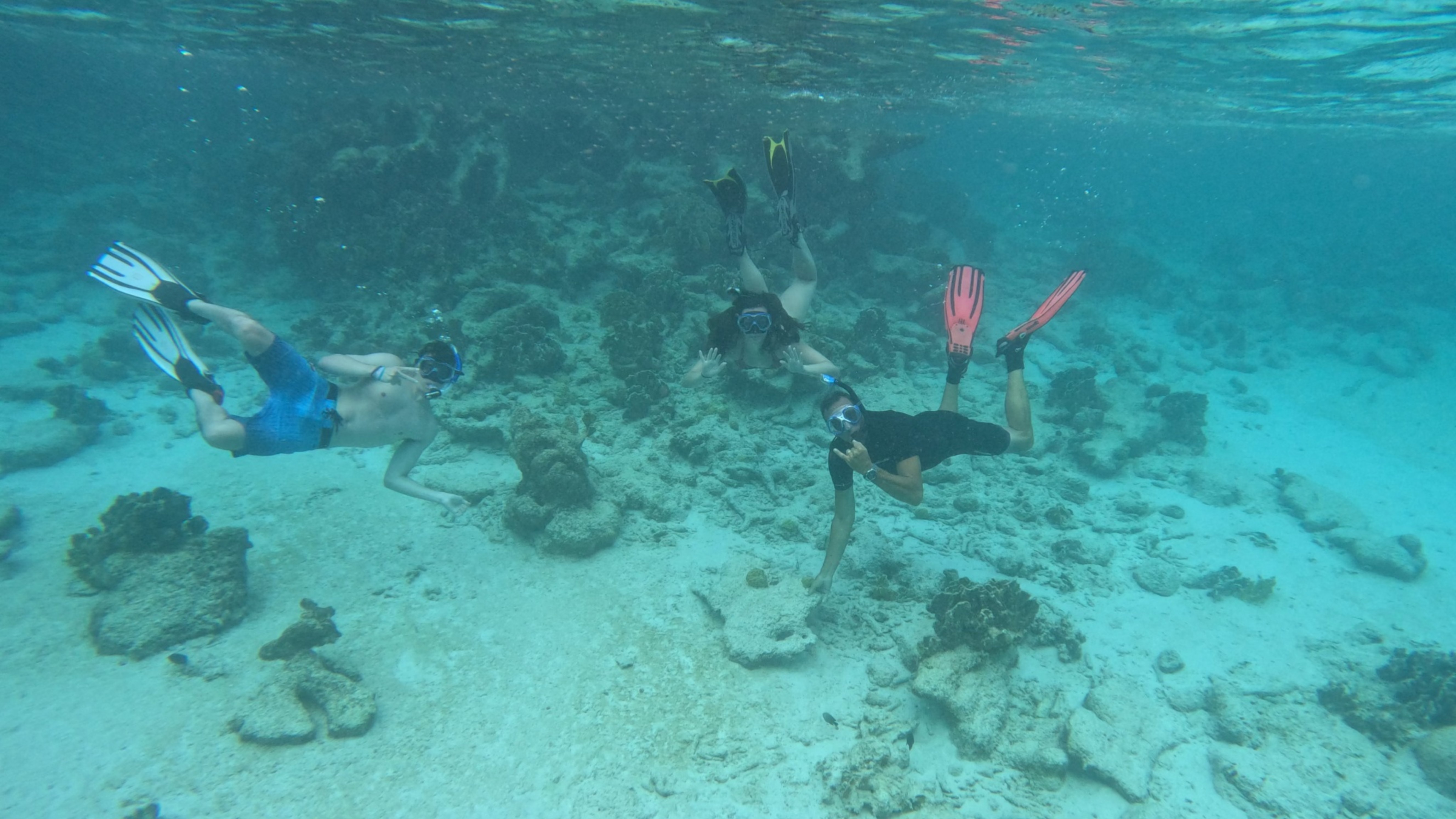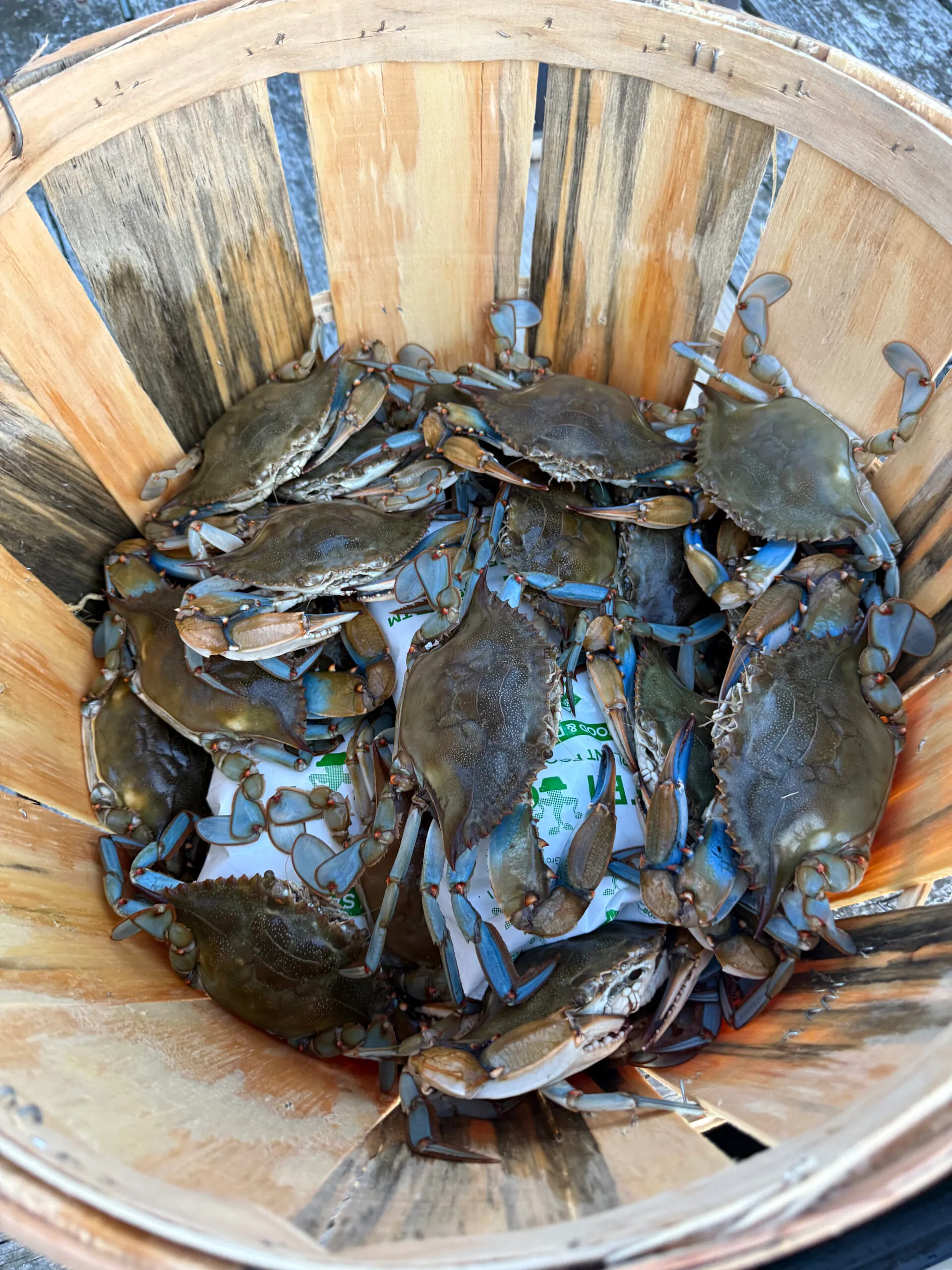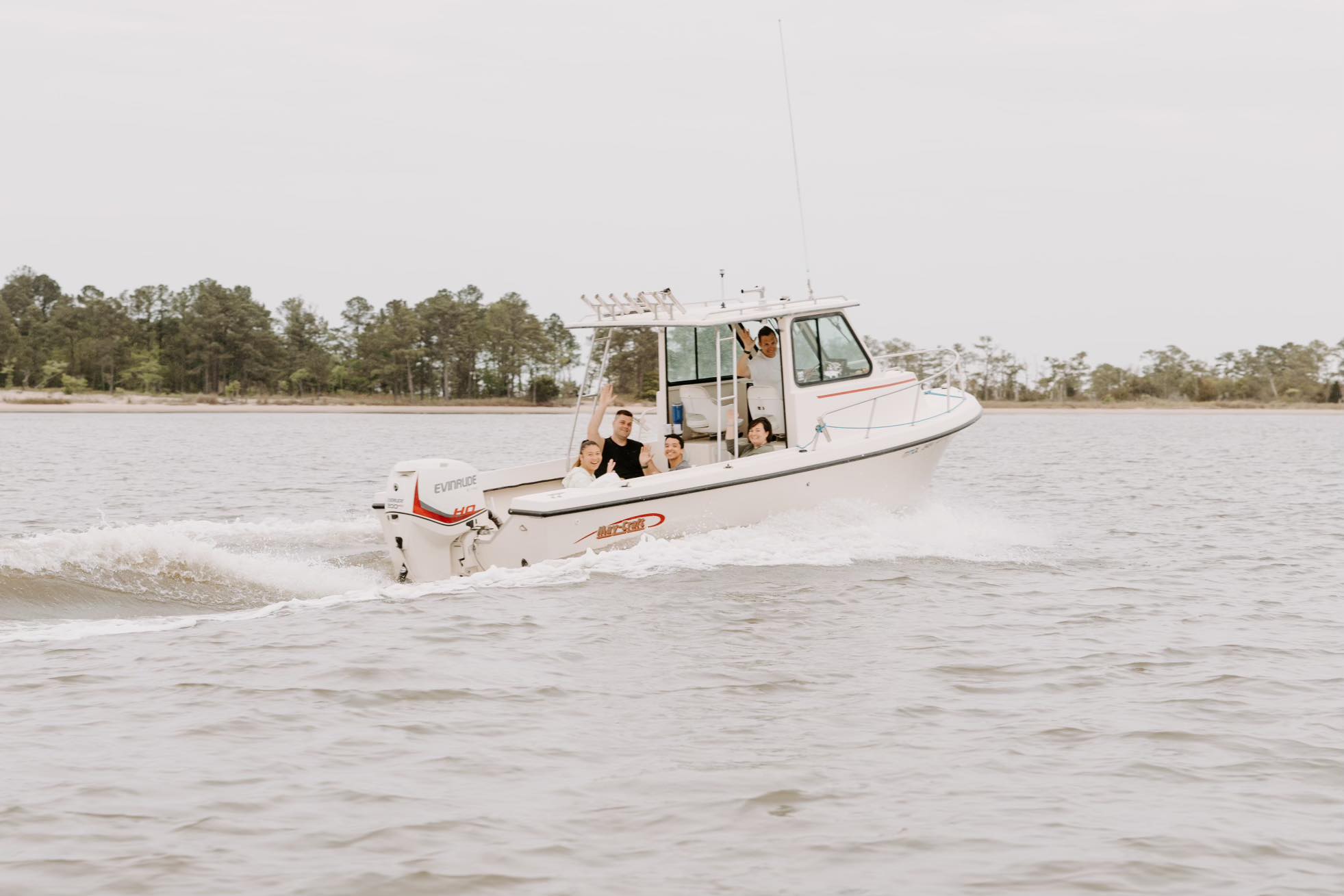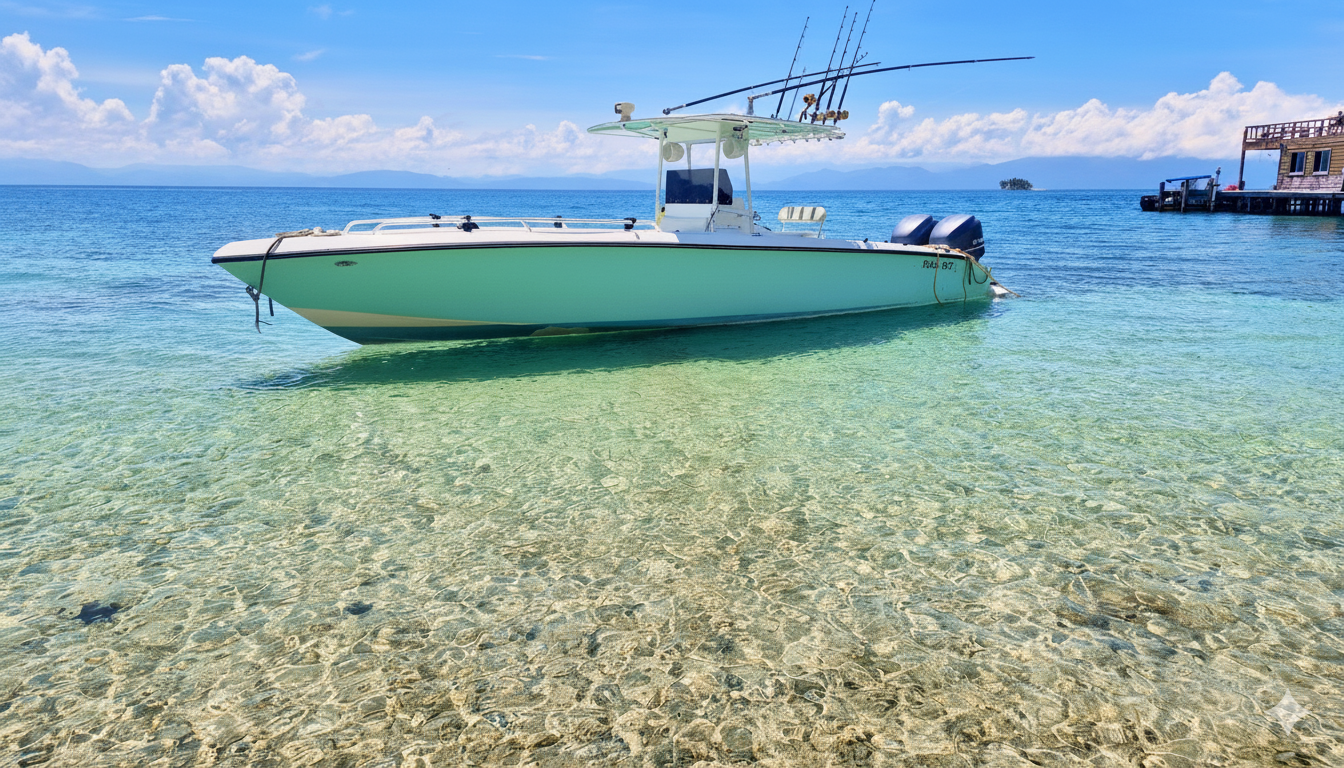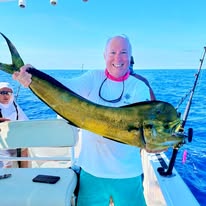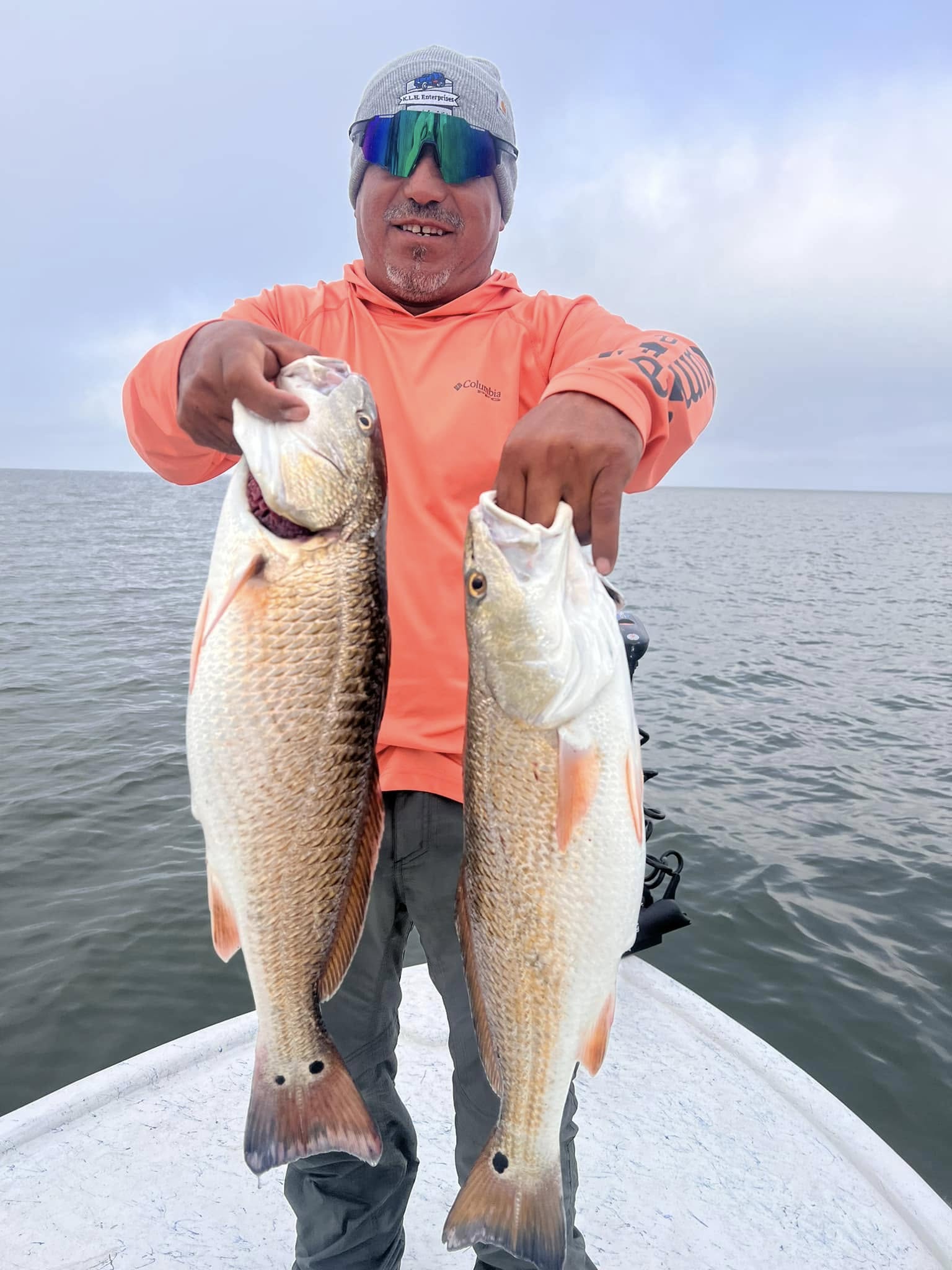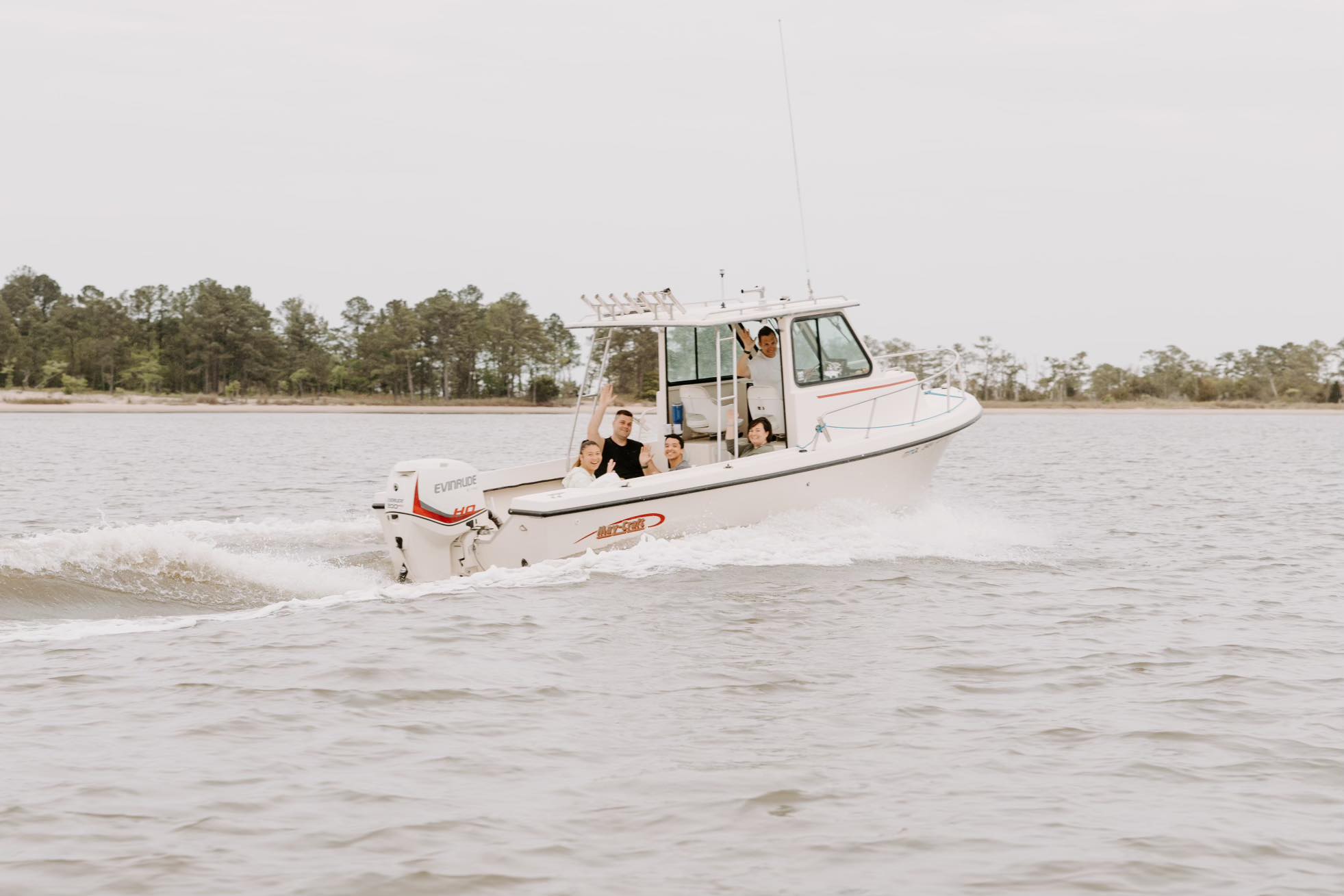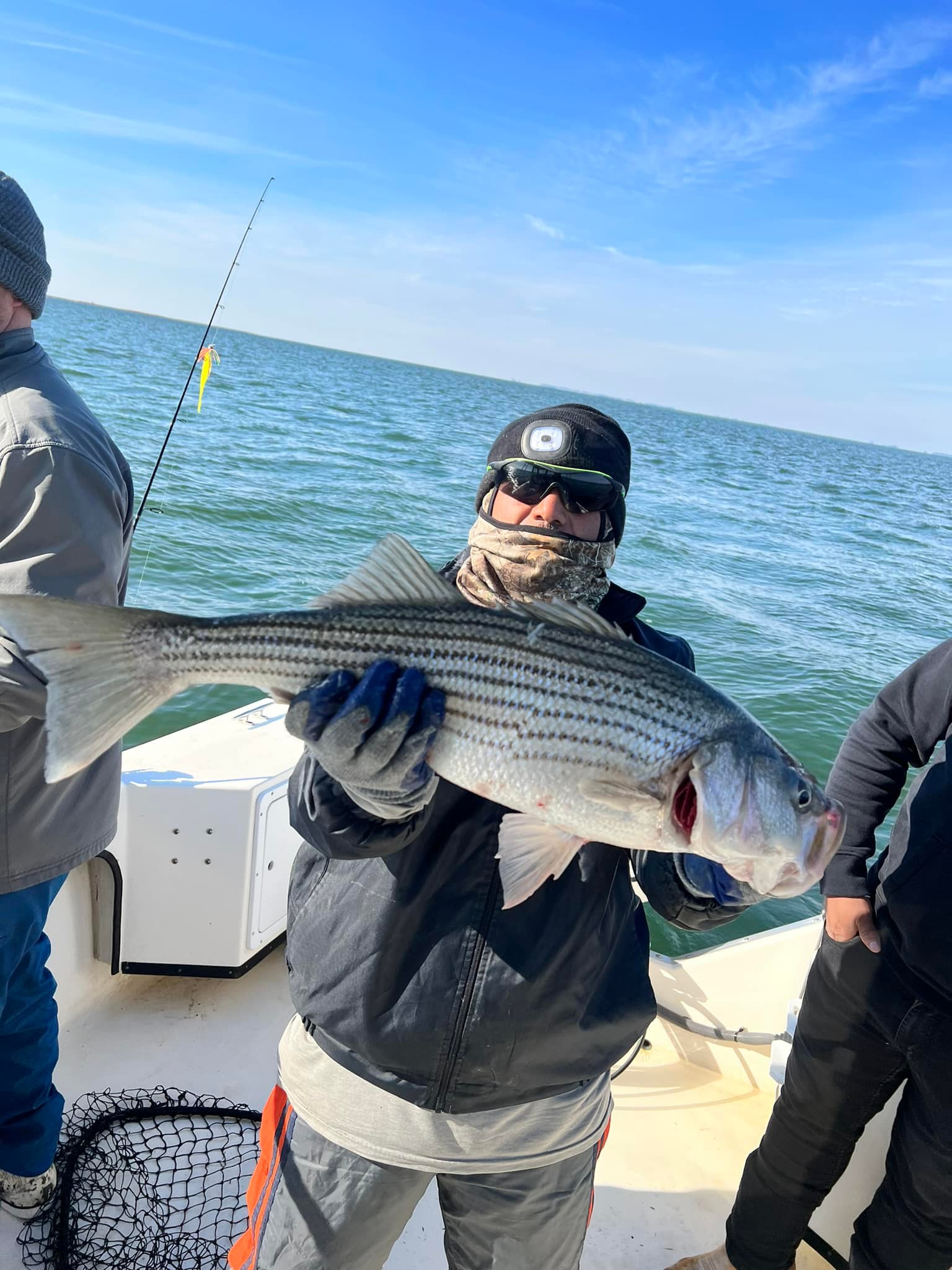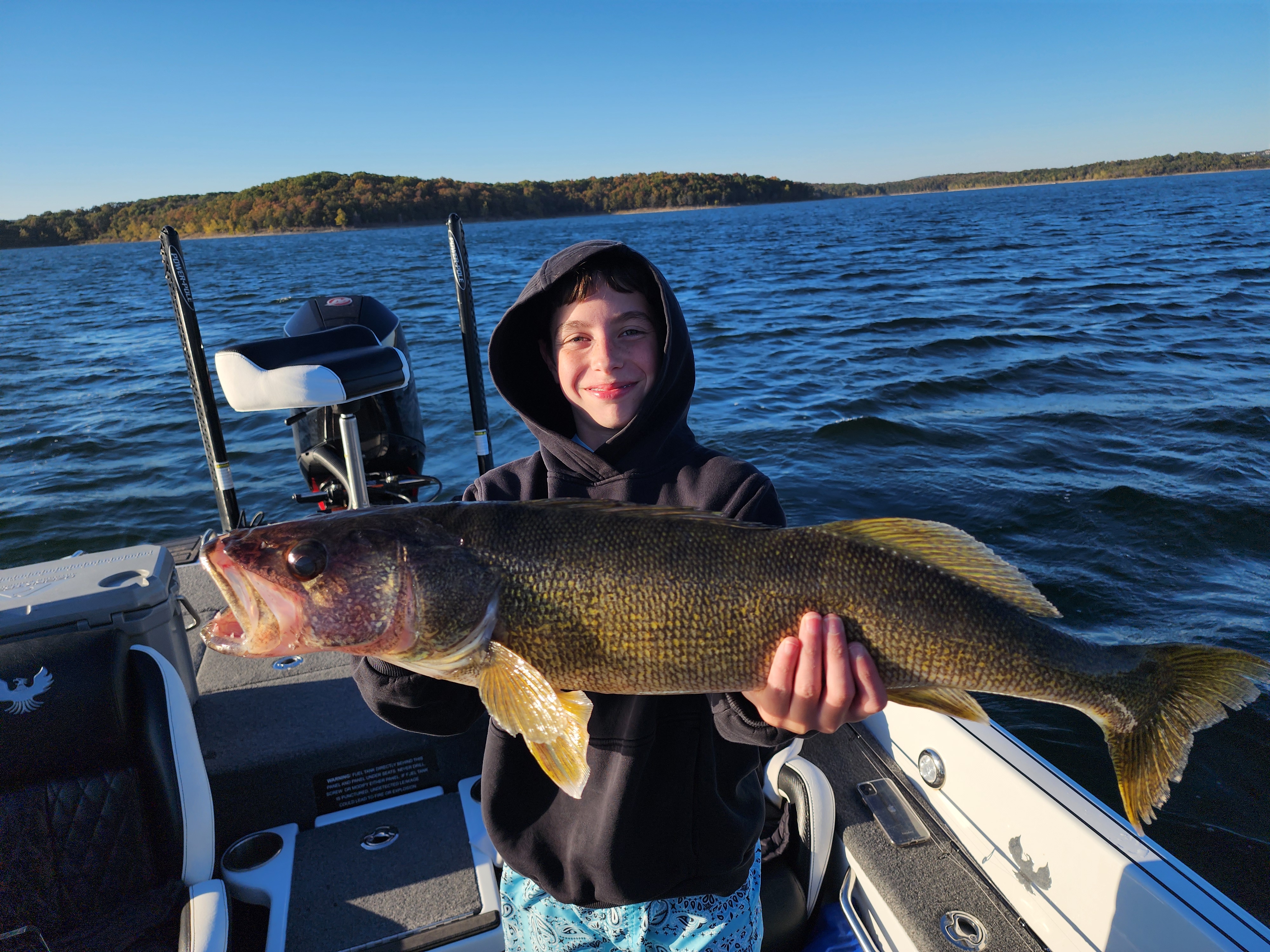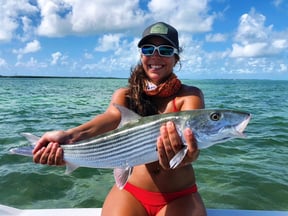Lake Ida (4-8HR)
Inshore, Nearshore, Flats in Venice
Tails In The Tides-Redfish & Trout
Lake Fishing in El Dorado Springs
Beaver Lake - Bass & Walleye
Deep Sea, Nearshore, Snorkeling in Kaiminani
Fishing And Snorkel Trips
Deep Sea, Nearshore, Snorkeling in Kaiminani
Kaiminani, HI Offshore Fishing
Deep Sea, Nearshore, Snorkeling in Key Largo
Key Largo Fishing & Snorkel Combo
Inshore, Flats, Eco Tour in Nanticoke
Crabbing And Casting Adventure!
Offshore Fishing Trip
Inshore, Flats Fishing in Nanticoke
4-6 Hour Inshore Trip
Bull Shoals - Bass & Walleye
We started Captain Experiences to make it easy to book fishing and hunting guides around the world. With over 2,000 Damn Good Guides, our platform makes finding and booking a trip seamless. Head here to check out our trips.
If you're a beginner fisherman, artificial lures may seem like a daunting category to tackle. With so many different types of artificial lures on the market, it can be hard to know where to start. In this blog post, we will discuss the basics of artificial lures and which techniques are best for beginners. We'll also give you tips on how to choose the right artificial lure for your needs. Whether you're fishing for saltwater or freshwater fish, these tips will help you be more effective.
Types of Artificial Lures
Artificial lures are designed to resemble baitfish, insects, or other prey. They are used to attract fish so that they can be caught. Artificial lures come in many different shapes, sizes, and colors. There are three basic types of artificial lures: jigs, plugs, and spinners. Jigs are weighted hooks that are disguised with artificial bait. Plugs are artificial lures that resemble injured or fleeing baitfish. Spinners are artificial lures that spin as they're retrieved, creating a flashing or buzzing effect that attracts fish.
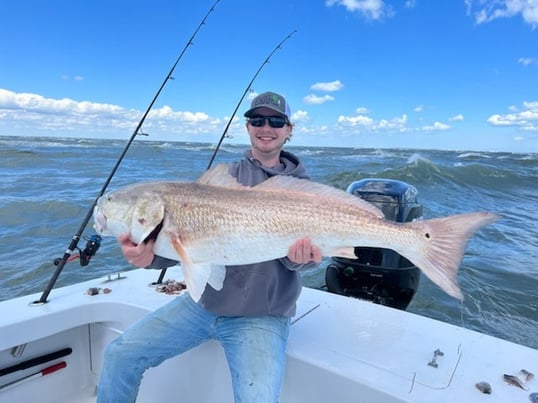
When it comes to artificial lures, there are two main types: hard baits and soft baits. Hard baits are typically made of plastic or wood, while soft baits are made of rubber or silicone. Each type of artificial lure has its own advantages and disadvantages. For example, hard baits are often more durable than soft baits, but they can be difficult to fish with if you're not experienced. Soft baits, on the other hand, are easier to fish with but they don't last as long. Now that you know the basics of artificial lures, it's time to choose the right one for your needs. If you're a beginner fisherman, we recommend starting with a soft bait. These baits are typically easier to fish with and they're less likely to break. Once you've mastered the basics of artificial lure fishing, you can move on to harder baits. When choosing an artificial lure, it's important to consider the type of fish you're trying to catch. Saltwater fish tend to be more attracted to flashy or bright-colored lures, while freshwater fish are more attracted to natural-looking lures. Once you've chosen the right artificial lure, the next step is to learn how to use it effectively.
Using Artificial Lures
There are many different techniques that can be used when fishing with artificial lures. The best technique for you will depend on the type of fish you're trying to catch and the artificial lure you're using. Some common techniques include casting, jigging, trolling, and bottom bouncing.
Casting is a technique in which you cast your line out into the water and then retrieve it slowly, allowing the artificial lure to swim through the water. Jigging is a technique in which you use short, quick strokes to make the artificial lure swim up and down in the water. This is an effective technique for attracting fish that are near the bottom of the water. Trolling is a technique in which you tow your artificial lure behind your boat as you travel through the water. This is an effective way to cover a large area and attract fish that are swimming in the middle of the water. Bottom bouncing is a technique in which you let your artificial lure bounce along the bottom of the water. This is an effective way to attract fish that are near the bottom of the water.
Now that you know the basics of artificial lures, it's time to get out there and start fishing! artificial lures can be a great way to catch fish, but it's important to use the right technique. So, whether you're fishing for saltwater or freshwater fish, we hope this guide has helped you learn the basics of artificial lures and how to use them.
Milo Kashey
Updated on August 2, 2023

May 13, 2024

June 28, 2023

January 7, 2022
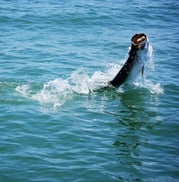
April 15, 2022

July 31, 2024
Related Articles
February 16, 2022
April 26, 2022
June 23, 2023
Featured Locations
- Fishing Charters Near Me
- Austin Fishing Guides
- Biloxi Fishing Charters
- Bradenton Fishing Charters
- Cabo San Lucas Fishing Charters
- Cancun Fishing Charters
- Cape Coral Fishing Charters
- Charleston Fishing Charters
- Clearwater Fishing Charters
- Corpus Christi Fishing Charters
- Crystal River Fishing Charters
- Dauphin Island Fishing Charters
- Daytona Beach Fishing Charters
- Destin Fishing Charters
- Fort Lauderdale Fishing Charters
- Fort Myers Fishing Charters
- Fort Walton Beach Fishing Charters
- Galveston Fishing Charters
- Gulf Shores Fishing Charters
- Hatteras Fishing Charters
- Hilton Head Fishing Charters
- Islamorada Fishing Charters
- Jacksonville Fishing Charters
- Jupiter Fishing Charters
- Key Largo Fishing Charters
- Key West Fishing Charters
- Kona Fishing Charters
- Lakeside Marblehead Fishing Charters
- Marathon Fishing Charters
- Marco Island Fishing Charters
- Miami Fishing Charters
- Montauk Fishing Charters
- Morehead City Fishing Charters
- Naples Fishing Charters
- New Orleans Fishing Charters
- New Smyrna Beach Fishing Charters
- Ocean City Fishing Charters
- Orange Beach Fishing Charters
- Panama City Beach Fishing Charters
- Pensacola Fishing Charters
- Pompano Beach Fishing Charters
- Port Aransas Fishing Charters
- Port Orange Fishing Charters
- Rockport Fishing Charters
- San Diego Fishing Charters
- San Juan Fishing Charters
- Sarasota Fishing Charters
- South Padre Island Fishing Charters
- St. Augustine Fishing Charters
- St. Petersburg Fishing Charters
- Tampa Fishing Charters
- Tarpon Springs Fishing Charters
- Venice Fishing Charters
- Virginia Beach Fishing Charters
- West Palm Beach Fishing Charters
- Wilmington Fishing Charters
- Wrightsville Beach Fishing Charters
